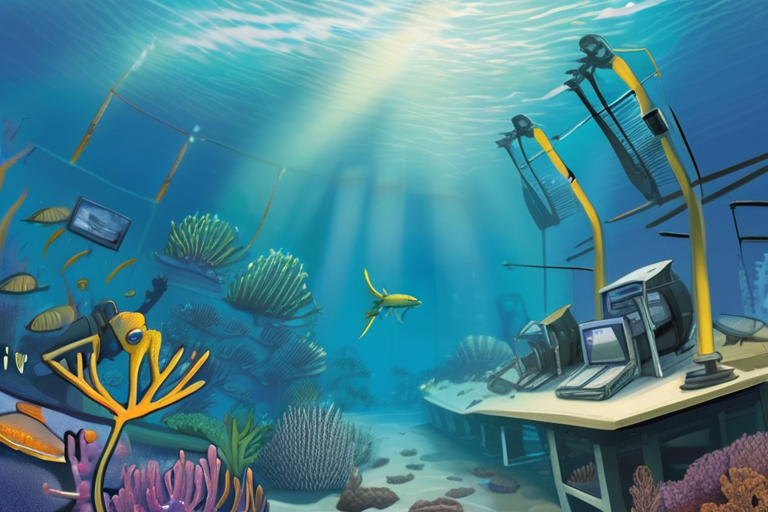Scientists at the Company of Biologists have made a groundbreaking discovery regarding the navigation abilities of baby loggerhead turtles. Researchers taught young loggerhead turtles to associate certain magnetic fields with feeding, prompting a distinctive dance when they recognized the signal. After a magnetic pulse briefly disrupted their ability to feel magnetic forces, the turtles no longer performed the dance. This showed that hatchlings use a touch-based magnetic sense to determine their location.
The study, published on November 22, 2025, revealed that loggerhead turtles are equipped with two different abilities for sensing the Earth's magnetic field. However, scientists had not determined which one they rely on to interpret the magnetic map they inherit at birth. The researchers' findings clarify how these animals find their way across vast ocean routes.
According to Dr. Alayna Mackiewicz, lead researcher on the project, "Our study demonstrates that young loggerhead turtles use a touch-based magnetic sense to navigate the open ocean. This is a critical discovery, as it helps us understand how these animals migrate thousands of miles across the globe." Dr. Mackiewicz's team taught the turtles to associate specific magnetic fields with feeding, and the animals responded with a distinctive dance. When the magnetic pulse disrupted their ability to feel magnetic forces, the turtles no longer performed the dance, indicating that they rely on a touch-based magnetic sense to determine their location.
Loggerhead turtles have been observed migrating across vast ocean routes, often traveling thousands of miles to reach their breeding grounds. However, the exact mechanisms behind their navigation abilities had remained unclear. The researchers' findings provide new insights into the turtles' ability to navigate the open ocean.
The implications of this discovery are significant, as it could lead to a better understanding of how other animals navigate using magnetic fields. According to Dr. Mackiewicz, "This study has the potential to inform conservation efforts and improve our understanding of animal migration patterns." The researchers' findings also highlight the importance of continued research into the complex mechanisms behind animal navigation.
The study's findings have sparked interest among scientists and conservationists, who are eager to learn more about the navigation abilities of other animals. As research continues to uncover the secrets of animal migration, scientists may uncover new insights into the complex mechanisms behind these incredible feats of navigation.



























Share & Engage Share
Share this article